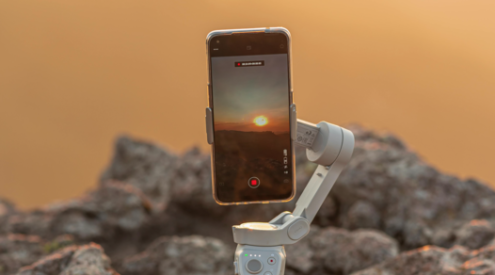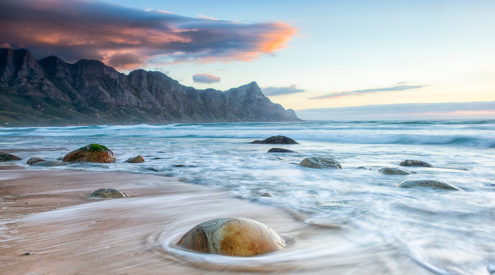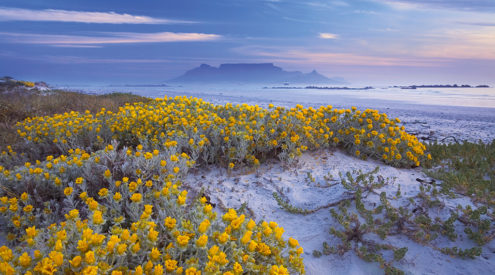It may be dark outside but there are still scenes worth capturing. Contributing photographer Andreas Eiselen explains how, using this image by landscape photographer Dewald Kirsten.

Image credit: Dewald Kirsten. Equipment: Canon 6D Mark I, Canon 17-40mm ƒ/4 (with tripod and cable release), bakkie headlights, ISO 3200, ƒ/4, 1/30 sec
Dewald says…
For quite some time, I had been picturing a night shot of an old camelthorn tree with a social weaver nest in it. I finally found exactly the right tree on a private farm in the Northern Cape. I placed my camera in position, then left to go and have a braai and some beers. I locked the cable release so that the camera would just keep shooting until the battery died or the card was full. This image was taken when I returned, and was actually a mistake as I did not want bakkie lights in the scene. It turned out to be the best of the lot!
Take it yourself
Capture the sparkling night sky by using your camera’s high-sensitivity capabilities. Go on a moonless night, and as far as you can get from urban-light pollution.
Equipment
A wide-angle lens, sturdy tripod, shutterrelease cable, flashgun and powerful torch.
Settings
Start at ISO 800 and work your way up. You want to get as much light into your camera as possible with a wide aperture.
For shutter speed, the 500 rule determines the longest time your shutter can be open without getting star trails (see Know your stuff on the next page). Finally, vary your ISO to balance the exposure for clear stars.
Practical
Place a strong, interesting element in the foreground (like the tree), so that it’s not just stars and a bit of foreground. Normal composition rules apply, even in the dark.
Consider your depth of field. Shooting with a wide aperture means there won’t be much.
Use hyperfocal distance (the closet point at which you can focus while keeping the background sharp) or leave a bit of room between you and your focal point, giving deeper depth of field.
Use a torch to help the camera find focus (if not using hyperfocal distance), then switch the lens to manual focus to stop it from refocusing.
Use a flashgun or torch to light up the foreground and points of interest while the shutter is open. Swirl the torch in a circular motion to avoid ‘hotspots’ while you are ‘painting’ the foreground with light. Do this at an angle from the camera.
Try different lengths of time to get the correct exposure for the foreground. If it’s too bright, move away or reduce the power of the flashgun. If it’s too dark, move closer or up the power.
Starter tips
Give the sky a lot of room in the shot to create drama, and remember to light up the foreground.
Amateur tip
If torch light makes the foreground very yellow, place a sheet or two of blue cellophane over the front of the torch to colour-correct the light.
Pro tip
To calculate hyperfocal distance for your setup, try out the HyperFocalPro app
















